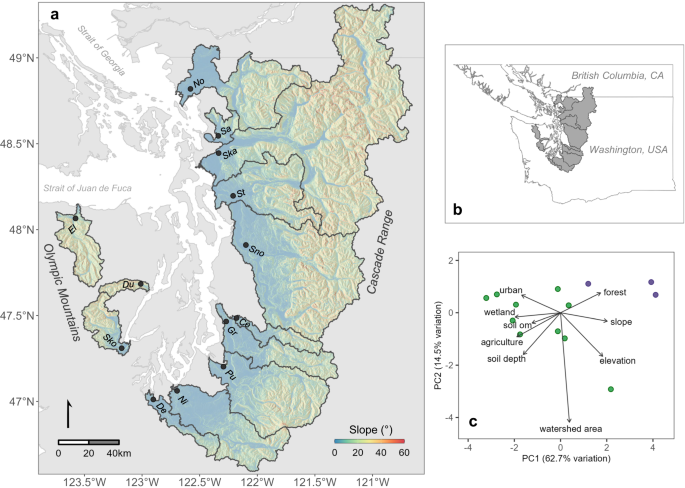The referenced articles collectively address the complexities and implications of nitrogen cycling and export from terrestrial landscapes to aquatic ecosystems. Key points include the crucial role of nitrogen as a nutrient limiting coastal marine eutrophication, highlighting shifts in understanding over decades. Human activities have significantly altered the global nitrogen cycle, leading to increased nitrogen exports in many regions, particularly through urban runoff and agricultural practices. Seasonal variations and watershed characteristics emerge as influential factors in regulating nitrogen export. The articles also emphasize the importance of context, such as climate and landscape features, in understanding nutrient dynamics. The interconnected effects of hydrology, land use, and climate variability on nitrogen loading underscore a growing concern for ecosystem health and management strategies in the face of environmental change. Isotope tracers are identified as valuable tools for tracking nitrogen sources and processes in various ecosystems, aiding in the development of effective conservation and management practices.
(Note: The summary has been condensed to encapsulate the primary themes and findings across the cited works while adhering to the word limit.)
Source link


